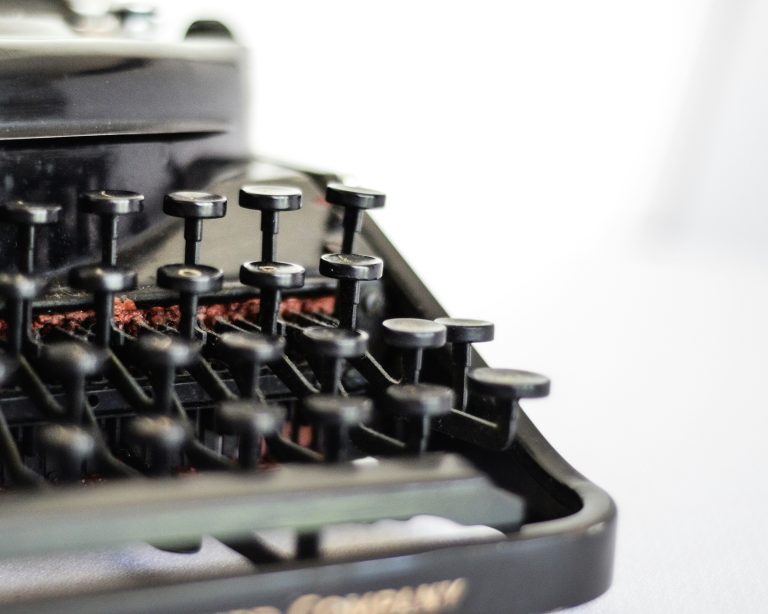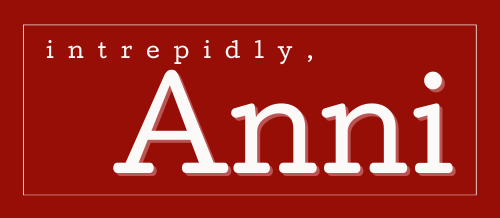
I know what you’re thinking – “ADHD? Advantages? In editing?” Stick with me here, because I’m about to let you in on how this neurodivergent trait has become my secret weapon in the editing game.
The ADHD Editing Paradox
First things first, let’s address the elephant in the room. ADHD is often associated with distractibility, impulsivity, and difficulty focusing. So, how on earth can it be an advantage in a field that requires intense concentration and meticulous attention to detail? Well, that’s where the magic of ADHD comes in – it’s full of surprises!
Enter the Hyperfocus Zone
Picture this: It’s 2 AM, and I’m hunched over my keyboard, eyes glued to the screen. The world around me has faded away, and I’m completely absorbed in the document before me. Every word, every punctuation mark, every subtle nuance of the text is crystal clear. I’m not just reading; I’m experiencing the text on a whole new level.
This is hyperfocus – the ADHD superpower that turns us into editing machines.
When hyperfocus kicks in, it’s like putting on a pair of super-powered editing glasses. Suddenly, I’m not just seeing the words; I’m seeing the entire structure of the document. Inconsistencies in tone? They stick out like a sore thumb. Awkward phrasing? It practically jumps off the page. That sneaky typo hiding in plain sight? Not on my watch!
But here’s the kicker – this intense focus isn’t just about finding errors. It’s about diving deep into the essence of the writing. When I’m in the zone, I’m not just editing; I’m communing with the text. I can feel the rhythm of the sentences, the ebb and flow of the paragraphs. It’s like I’ve got a direct line to the author’s intentions, and I’m fine-tuning their words to sing in perfect harmony.
The Devil’s in the Details (And We Love It!)
Now, let’s talk about another unexpected ADHD superpower: our knack for noticing details. You know how sometimes ADHD brains can get overwhelmed by sensory input? Well, in editing, this sensitivity becomes our greatest asset.
When I’m editing, my ADHD brain goes into overdrive, picking up on the tiniest details that others might miss. Inconsistent capitalization? Caught it. Subtle shifts in tense? Flagged it. That Oxford comma that’s playing hide and seek? Found it, fixed it, and gave it a stern talking-to.
This attention to detail goes beyond just spotting errors. It’s about maintaining the integrity of the author’s voice while polishing their work to a high shine. It’s about noticing the subtle nuances in language that can make or break a piece of writing.
And let me tell you, there’s nothing quite like the satisfaction of catching that one tiny error that could have changed the entire meaning of a sentence.
The Creativity Bonus
ADHD often comes with a side of creativity, and in editing, this is pure gold.
When I’m deep in an editing session, my brain starts making connections that aren’t always obvious. This can lead to suggestions that take the writing to a whole new level. Maybe it’s reorganising a paragraph to improve flow, or suggesting a metaphor that perfectly captures the author’s point. These creative leaps can transform good writing into great writing.
And let’s not forget about problem-solving. When I encounter a tricky section that’s not quite working, my ADHD brain goes into overdrive, coming up with multiple solutions. It’s like having a built-in brainstorming team, all in my own head!
Navigating the Challenges
Now, I’ll be honest – it’s not all sunshine and perfectly edited rainbows. ADHD does come with its challenges in the editing world. There are days when focusing feels like trying to nail jelly to a wall, and deadlines can sometimes feel like ticking time bombs.
But here’s the thing: recognizing these challenges has made me a master of adaptation. I’ve developed strategies to work with my ADHD brain, not against it. Pomodoro technique? Check. However, when I am in hyperfocus mode, I carry on working until that first indication that my mind is about to travel somewhere else. Then I stop. Noise-cancelling headphones? You bet, although sometimes I listen to Viking war music really loudly. A workspace that’s optimized for focus? Absolutely.
And you know what? These strategies don’t just help me manage my ADHD – they’ve made me a more efficient and effective editor overall.
Embracing the ADHD Advantage
So, here’s my message to all the ADHD editors out there (and to those considering working with one): our neurodivergent brains are not a liability – they’re an asset. Our hyperfocus allows us to dive deep into texts, our attention to detail helps us catch the tiniest errors, and our creativity brings a unique perspective to every project.
To my fellow ADHD editors: embrace your unique way of thinking. Your brain works differently, and that’s your superpower. Use it to your advantage and watch your editing skills soar.
And to those looking for an editor: don’t overlook the power of a neurodivergent perspective. An ADHD editor might just be the secret weapon your writing needs to go from good to extraordinary.
Wrapping It Up (Before My Focus Wanders Off)
As I wrap up this post (and before my brain decides it’s time to reorganize my underwear drawer or research the mating habits of sea slugs), I want to leave you with this thought: ADHD in editing isn’t just about managing symptoms – it’s about harnessing unique strengths.
Our hyperfocus, attention to detail, and creative problem-solving aren’t bugs in the system – they’re features. Features that, when understood and embraced, can lead to some truly exceptional editing.
So here’s to all of us neurodivergent editors out there, turning our ADHD traits into editing superpowers, one hyper focused session at a time.
Now, if you’ll excuse me, I think I hear a manuscript calling my name. Time to change from editor to writer.
